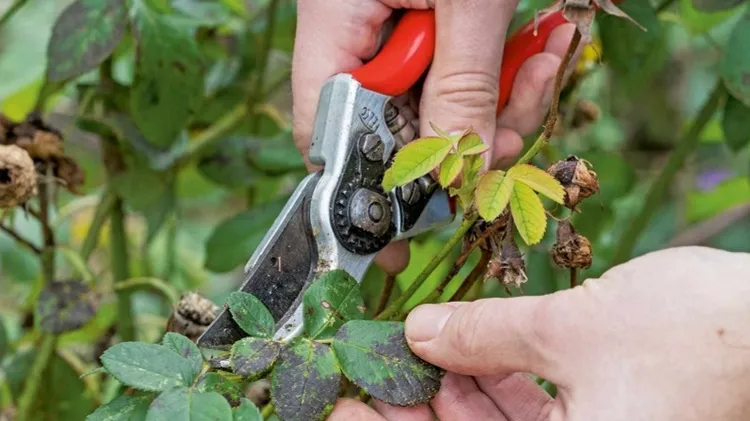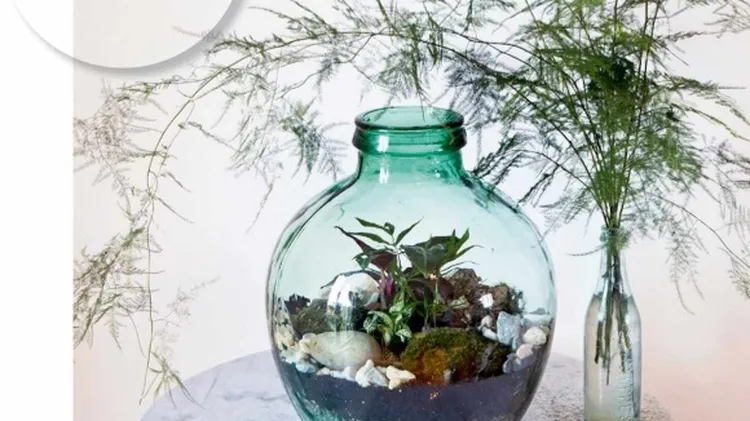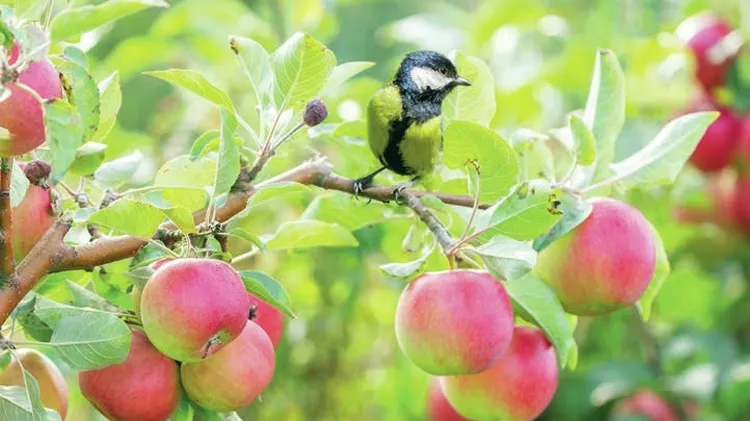RHS Horticultural Advisor Lenka Cooke shares her expert advice on this
Rhs technique: grafting
2 min read
This article is from...
Read this article and 8000+ more magazines and newspapers on Readly






